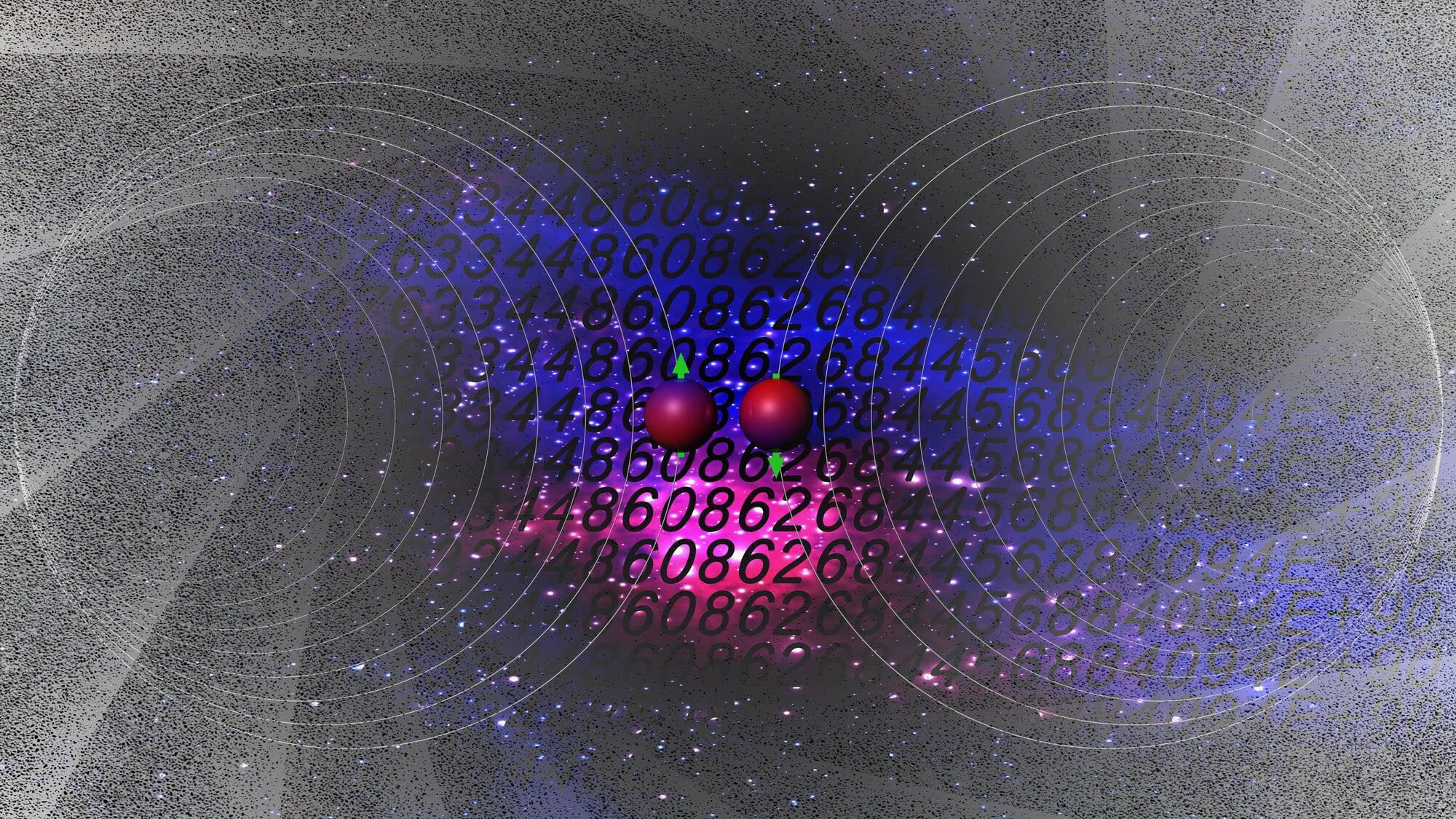The researchers succeeded in creating an extremely tiny device that produces and emits single photons and on which the information can be transmitted in a quantum bit. Every contact, or even the performance of a measurement necessarily changes the information encoded on the photon and this will be expressed, upon reaching the destination, in an error in the protocol and giving an indication of the hacking attempt

The era of the second quantum revolution is already upon us and right now the race is on for the quantum computer: a computer that will be able to perform certain important operations with much greater speed and power than the current computers. But alongside the blessing in this, the issue raises concerns about the ability to break into encryption, which exist in almost every operation we color: from secure payment, through sending messages, etc. Today, every encrypted operation is based on a mathematical algorithm that a regular computer, in terms of the calculation power and the time required, has difficulty solving it and cracking the code. On the other hand, scientists believe that the great power of quantum computers, which will operate quickly and at the same time, will be able to relatively easily break encryption and harm the privacy of users.
A new study conducted under the leadership of Prof. Ronan Rappaport and Dr. Hamza Abudiyeh from the Rakeh Institute of Physics at the Hebrew University of Jerusalem in collaboration with the research group of Monica Fleischer from the University of Tübingen, led to the development of a relatively simple system, which allows the creation of coding that provides protection against the power of quantum computers: a kind of "machine guns" of individual photons loaded with coded information. The individual photons, which are the basic units of light ("light particles"), enable coding known as "quantum coding". In contrast to the classical encryption common today, the quantum encryption technology is based directly on the laws of physics and the laws of quantum theory and not on mathematics and algorithms. An encryption system based on individual photons that are quantum coded, sends them to the desired point, when any attempt to intervene or extract the information - will be detected and thwarted without risk to the information.
In abstract terms, today the hackers try to get into the network that transmits the information between two points, extract the information and reconnect the chain, so that the information reaches its final destination. This without the hack being detected. The researchers in the team were able to create a very tiny device that produces and sends single photons and through which the information can be transmitted. Each encoded photon is called a "quantum bit". In a quantum bit, every touch, or even the performance of a measurement necessarily changes the information encoded on the photon and this will be expressed, upon reaching the destination, in an error in the protocol and giving an indication of the hacking attempt.
In the device, which was developed with innovative nanometric technologies at the Center for Nanoscience and Nanotechnology of the Hebrew University, the researchers used a nanocrystal, less than a thousandth of a hair's thickness - a semi-conducting material that, when illuminated with a laser pulse, emits a single photon. While the nanocrystal alone does not allow a fast enough emission of photons to produce encryption keys at a high rate, the researchers used a "nanometric trick" and managed to significantly increase the rate, to about ten million photons per second and they aim to reach a rate of one billion per second. This is done by streaming the photons in a sort of miniaturized metallic cone adjacent to the nanocrystal, which serves as a "lightning trap" that draws the energy and light from the nanoparticle and becomes an antenna that transmits the light. The researchers brought about a situation where the light emitted from the photon will move in the necessary direction and not randomly, by means of a nanolens that directs the emission of photons in the desired direction. And so once they have increased the emission rate of the photons encoded with the information and they move them in the desired direction, they can be collected at the destination point and the information encoded in them can be read, without the ability of external intervention.
Already today organizations and countries are developing quantum computers and in the near future their use will be widespread at the commercial and institutional level. The importance of the device is in its ability to enable non-crackable coding through a relatively simple system, which can be operated even at room temperature.
More of the topic in Hayadan:
- Researchers are expanding the use of deep learning to distinguish ciphertext from random noise
- Researchers at the Technion achieved an improvement in the separation capacity of telescopes without increasing the telescope's mirror
- Breakthroughs in identifying the proteins that make up the individual cell
- A researcher managed to miniaturize hybrid chips without compromising their efficiency and accuracy
- Technion students developed protection against software hacking and won the biztech entrepreneurship competition
